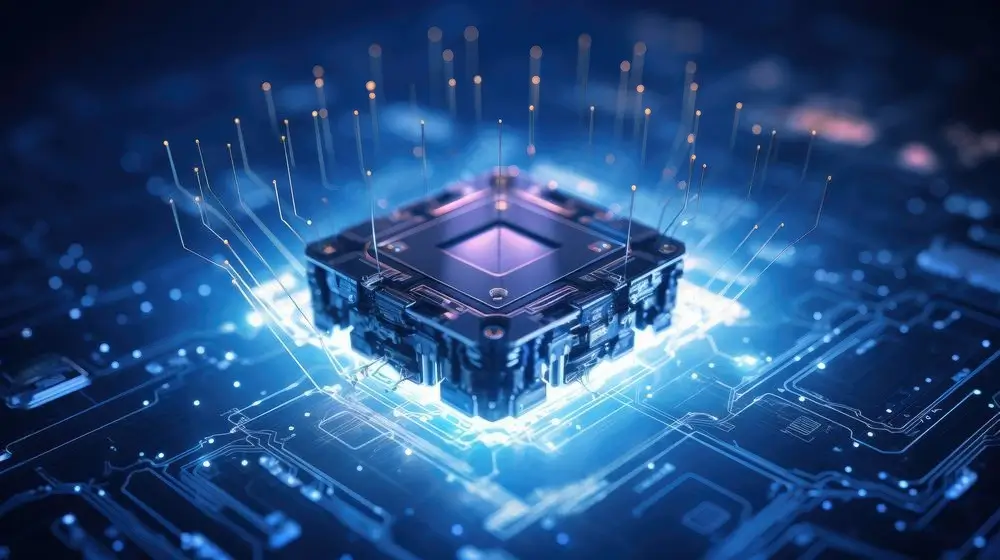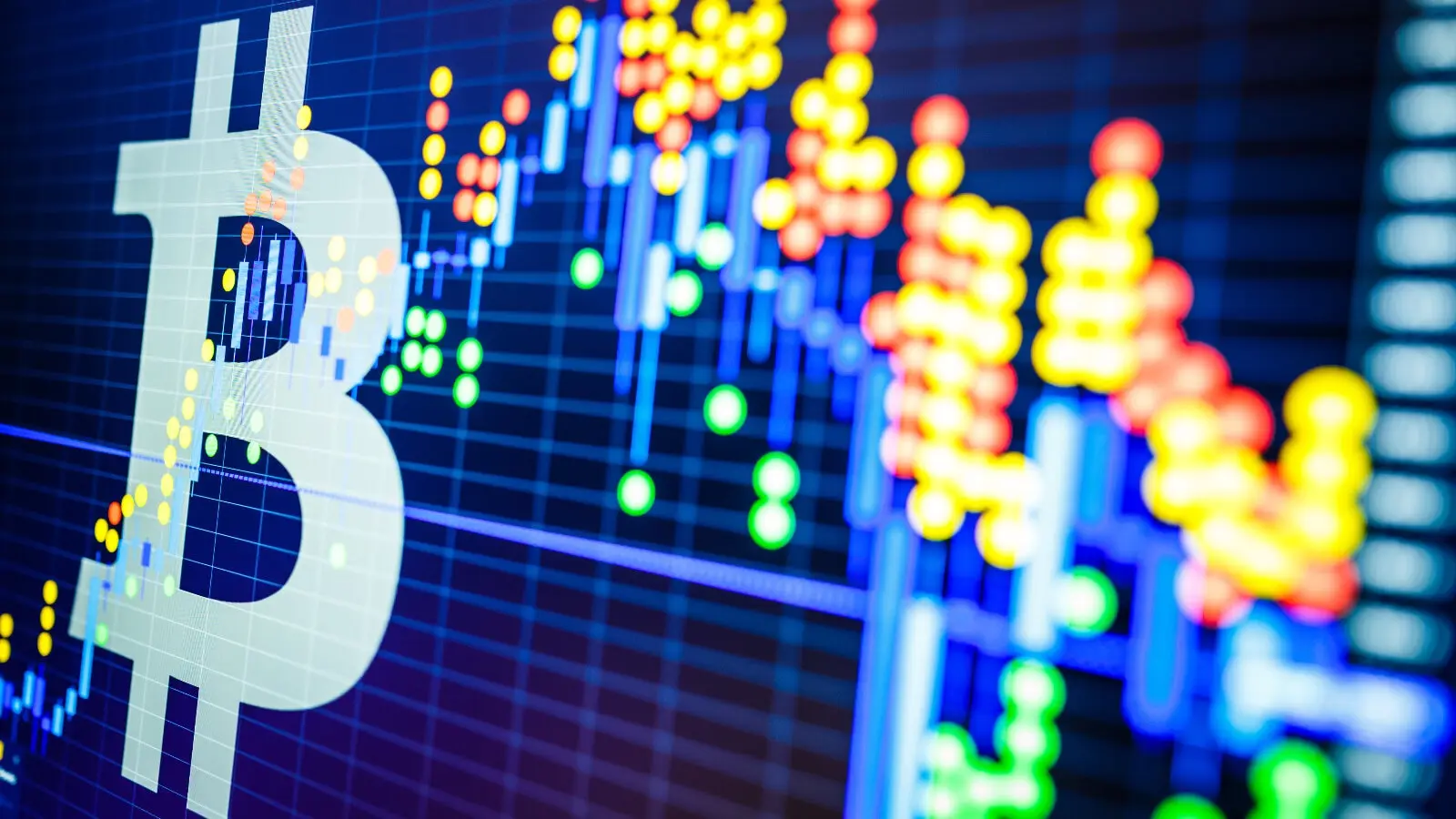Tech Frontiers 2025: AI, Crypto, Brain Chips, and iPhones
2025 is straight-up rewriting the future. From Google’s mind-blowing Gemini Deep Think AI to Bitcoin whales shaking markets, Neuralink turning thoughts into tech, and Apple hitting 3 billion iPhones, the tech world’s moving at warp speed. Buckle up for the ride.
Google’s Gemini Deep Think: The AI That Outsmarts Everyone
AN AI that doesn’t just think—it strategizes like a team of PhDs locked in a room with endless coffee. That’s Google’s Gemini 2.5 Deep Think, launched on August 1, 2025, for Google AI Ultra subscribers at $249.99 a month. This beast is a multi-agent reasoning model, meaning it spawns multiple “thinkers” to tackle problems from every angle, picking the best path like a chess grandmaster. It’s not just smarter—it’s redefining how AI handles complex tasks.
Google’s been locked in a cage match with OpenAI and xAI, and Deep Think is their knockout punch. Available only to premium subscribers, it’s packed with 30TB of storage and early access to experimental features like video generation. The tech’s so advanced, Google’s already planning to roll it out to developers via the Gemini API for building next-gen apps. This is AI that feels alive, not just coded.
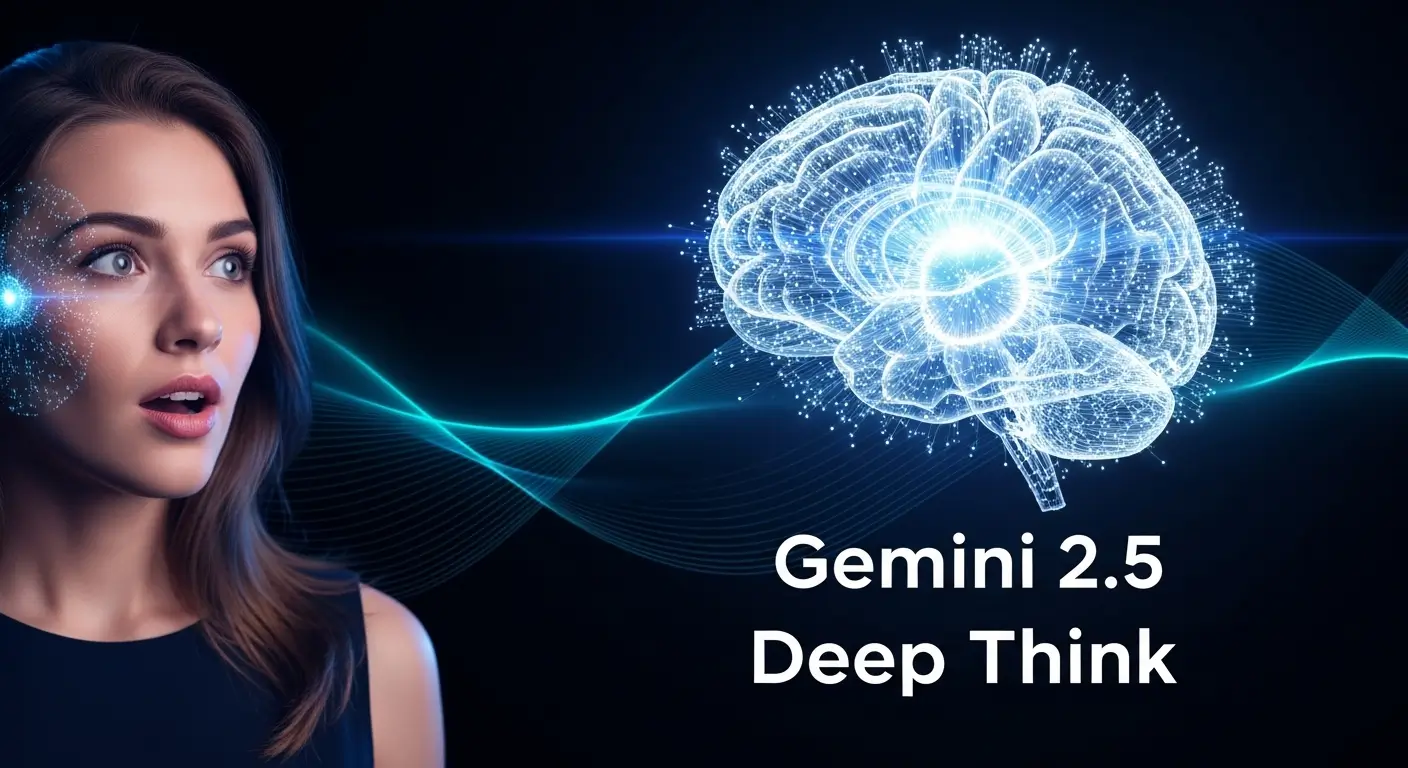
Crushing the Competition
Gemini Deep Think is flexing hard. It scored 34.8% on Humanity’s Last Exam, a brutal test spanning math, science, and humanities, leaving xAI’s Grok 4 (25.4%) and OpenAI’s o3 (20.8%) scrambling to keep up. On LiveCodeBench V6, it nailed 87.6%, outpacing Grok 4’s 79% and o3’s 72%. But it’s not just about raw scores—Deep Think’s multi-agent approach makes it a beast at coding, math, and creative problem-solving. It’s like watching an AI juggle flaming torches while riding a unicycle.
Take the 2025 International Mathematical Olympiad: a specialized version of Deep Think solved five out of six problems, scoring 35/42 points for a gold medal standard. It worked in natural language, churning out proofs so clear that IMO judges called them “precise and easy to follow.” The consumer version, while slightly less intense, still hits bronze-level performance and processes way faster, making it a game-changer for real-world use.
Key Stat: Gemini Deep Think’s gold medal at the 2025 IMO proves it’s not just smart—it’s olympic-level brilliant.
The Secret Sauce: Parallel Thinking
Here’s where it gets wild. Most AIs think linearly, like a train on a single track. Deep Think? It’s a whole fleet of trains, each exploring a different route to the same destination. Using parallel thinking, it generates multiple hypotheses at once, evaluates them, and picks the winner with techniques like minimax optimization. In the “Catch the Mole” challenge on Codeforces, it tracked every possible move of a moving target, narrowing down options with surgical precision. This isn’t just AI—it’s a revolution in problem-solving.
This multi-agent setup demands serious compute power, but the payoff is unreal. It’s why Deep Think can tackle problems that stump single-path models, from coding algorithms to crafting mathematical proofs. Google’s betting big on this tech, and it’s already sparking debates about how AI will evolve in 2025 and beyond.
Arm’s Semiconductor Gamble: Friend or Foe?
Arm Holdings just dropped a bombshell. On July 30, 2025, during their Q1 2026 earnings call, CEO Rene Haas announced they’re jumping into making their own chips—chiplets and full solutions. For decades, Arm’s been the neutral backbone of the semiconductor world, licensing designs to giants like Nvidia, Apple, and Amazon. Now, they’re stepping into the ring as a competitor, and it’s got investors sweating—Arm’s stock tanked 12% in after-hours trading.
This pivot is a big deal. Arm’s designs power 99% of smartphones and a growing slice of AI data centers. Going from “Switzerland” to a chip-making player risks alienating their biggest clients. Meta’s already signed on as a customer for Arm’s chips, but others might not be so thrilled. As Financial Times reported, J.P. Morgan analysts are worried this could fracture Arm’s delicate ecosystem.
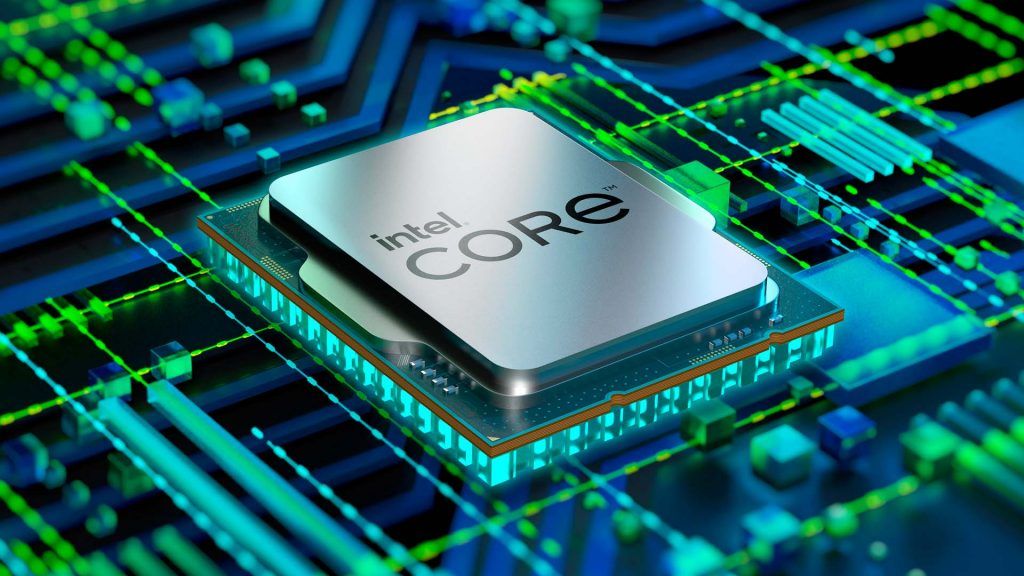
Why Take the Risk?
Haas told Reuters that Arm’s “consciously investing” in this shift to stay ahead in the AI and computing race. Chiplets—modular chip components—are the future, letting companies mix and match for custom solutions. But competing with Nvidia and Apple, who’ve built empires on Arm’s tech, is like picking a fight with your best customers. If this backfires, Arm could lose its neutral edge. If it works, they could dominate the next wave of silicon innovation.
Big Risk: Arm’s move could either cement their dominance or push clients like Apple to rival designs.
Bitcoin Whales Make Waves: $8B Cash-Out Shakes Crypto
Bitcoin’s been on a tear, hitting $120,000 in July 2025, but the real drama’s in the whale moves. Big players cashed out $6–8 billion in profits, with one Satoshi-era whale dumping 80,000 BTC—worth $9.6 billion—for an insane 18 million percent return on a $54,000 investment from 2011. This isn’t just a flex; it’s a market-shaking moment that’s got everyone talking.
The sell-off peaked when wallets holding over 1,000 BTC flooded exchanges with 50,200 BTC, per CryptoQuant. Miners piled on, offloading 16,000 BTC in a single day—the biggest since April. Yet, Bitcoin didn’t crash. It dipped 4% before bouncing back above $100,000, proving the market’s got serious muscle. Still, Bitcoin’s dominance dropped from 64% to 60%, hinting at cash flowing into altcoins and a potential altcoin season.
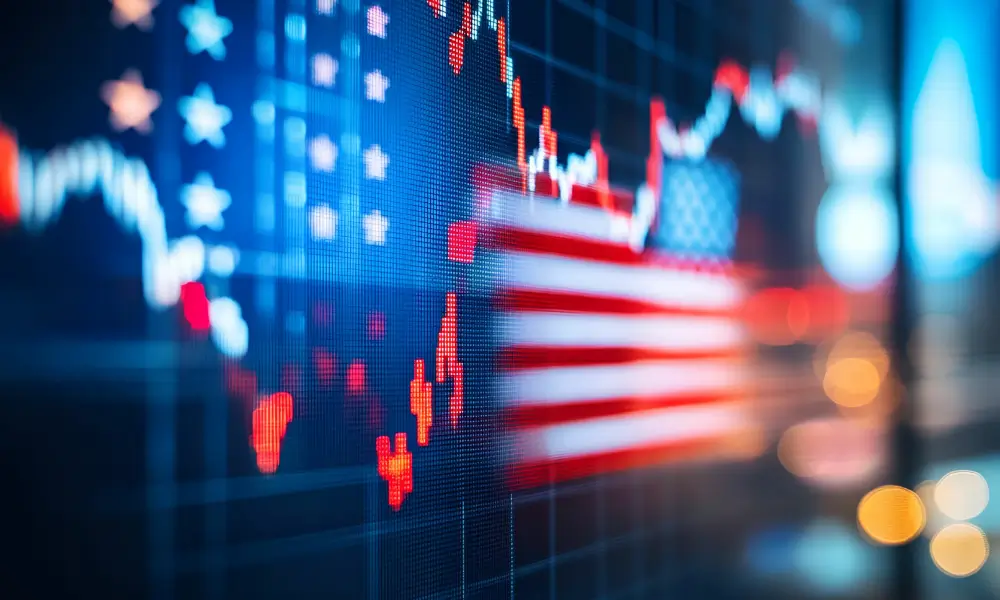
Why the Market Held Strong
This resilience is wild. Strong demand from institutional players and retail hodlers absorbed the sell-off like it was nothing. Compare that to Bitcoin’s early days, when a single whale could tank the market. Now, it’s like the crypto world’s grown up, handling billions in trades without blinking. Analysts see the dominance dip as a sign of capital rotating into altcoins like Ethereum and Solana, setting the stage for a broader crypto rally in 2025.
Crazy Fact: That Satoshi-era whale turned $54,000 into $9.6 billion. Patience pays, apparently.
Neuralink’s UK Brain Chip Trial: Thoughts Become Reality
Elon Musk’s Neuralink is pushing the boundaries of what’s possible. On July 31, 2025, they announced the GB-PRIME trial in the UK, teaming up with University College London Hospitals and Newcastle upon Tyne Hospitals. The N1 brain chip, a 10p-sized device with 1,000+ electrodes, lets patients with spinal cord injuries or ALS control tech with their thoughts. This isn’t just innovation—it’s a glimpse into a future where minds and machines merge.
The trial will involve up to seven patients, testing the chip’s safety and functionality. If it works, it could transform lives, letting people swipe phones or type emails with brain signals alone. This is Musk’s sci-fi vision coming to life, one electrode at a time.
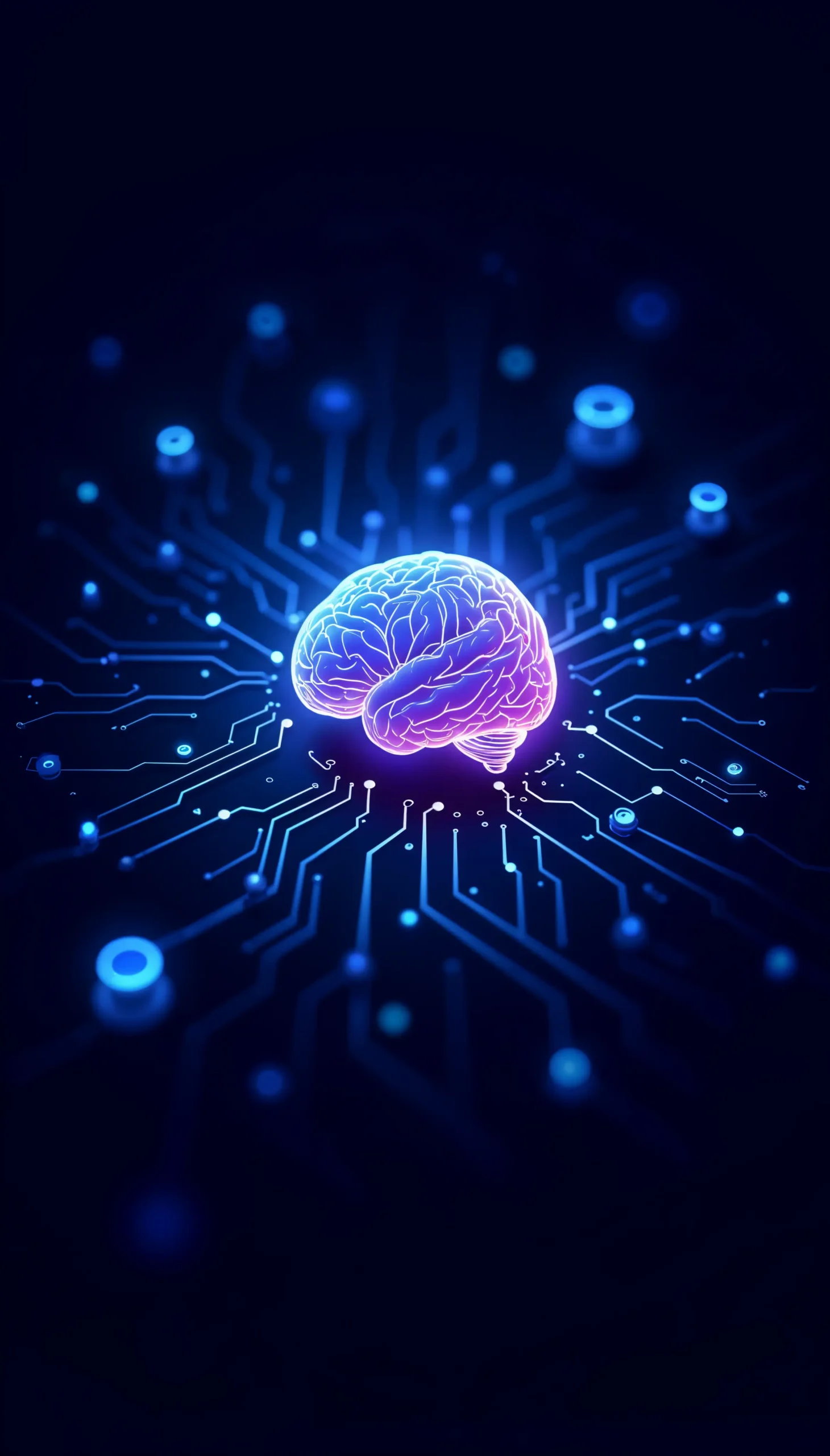
How It Works
The N1 chip is next-level. Its 128 ultra-thin threads, finer than human hair, connect to the brain, picking up neural signals and translating them into digital commands. Led by UCLH’s Professor Harith Akram, the trial’s a major milestone for brain-computer interfaces. Success here could mean new hope for those with mobility challenges—and a step toward Musk’s dream of human-AI symbiosis.
Apple’s 3 Billionth iPhone: A Global Juggernaut
Apple’s Tim Cook dropped a mic on July 31, 2025, announcing the company sold its 3 billionth iPhone since 2007. That’s one iPhone for every three people on the planet. Revealed during a Q3 earnings call with $94 billion in revenue, the milestone shows Apple’s unmatched grip on tech. The iPhone 16’s “strong double-digit” sales growth drove $44.6 billion in revenue, up 13% from last year, fueled by record upgraders.
Apple’s also shaking things up, moving production to India to sidestep tariffs. They exported $5 billion in iPhone 16 units from India, and a 4% revenue boost in Greater China broke a rough patch. With Apple Intelligence rolling out, the iPhone’s staying ahead of the pack.
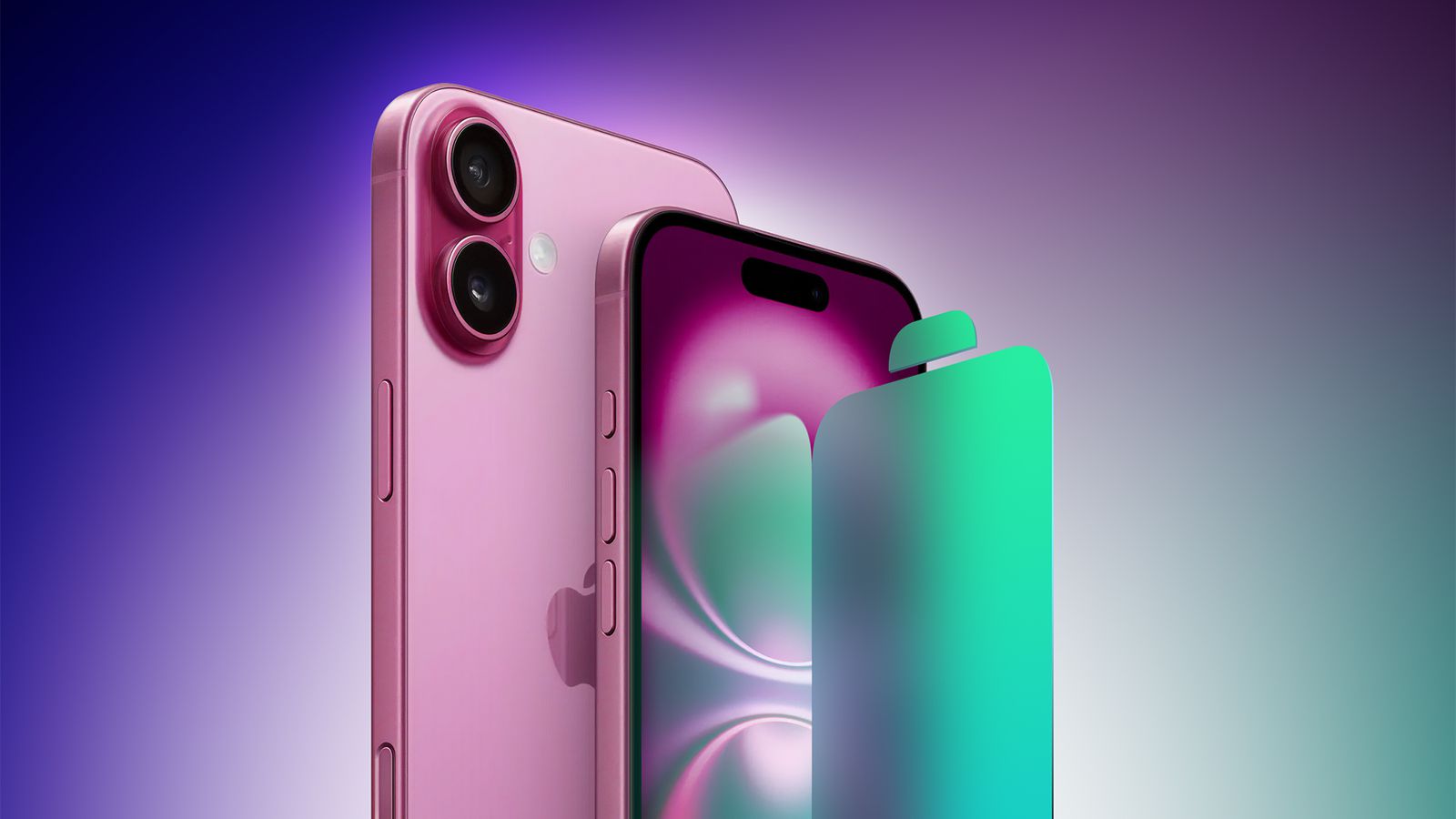
The Bigger Picture
Three billion iPhones isn’t just a number—it’s a cultural earthquake. Since 2007, Apple’s reshaped how we connect, work, and create. The iPhone 16’s AI-powered features, like real-time language translation and enhanced Siri, are keeping users hooked. With global expansion and manufacturing shifts, Apple’s not slowing down. The next billion? Probably just a few years away.
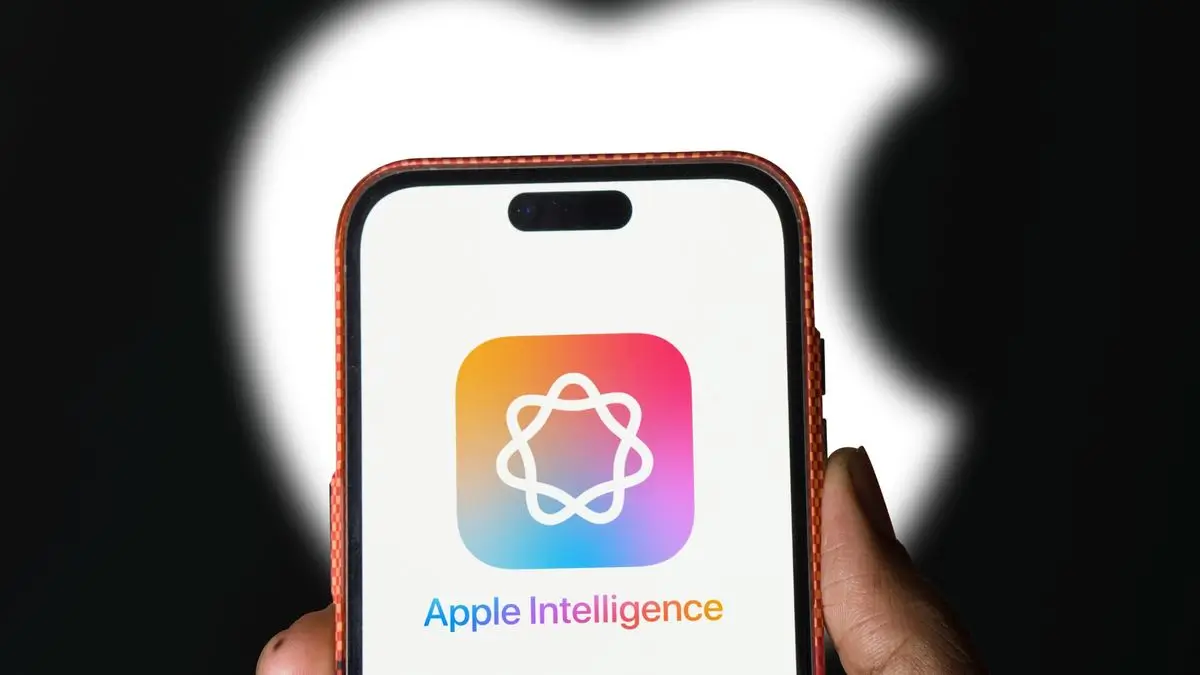
What’s Next for Tech in 2025?
2025’s just getting started, and the tech world’s already on fire. AI’s going full agentic, with models like Deep Think leading the charge. Expect more multi-agent systems that mimic human teamwork, solving problems we can’t even imagine yet. Crypto’s maturing, but whale moves and altcoin surges suggest volatility’s here to stay. Neuralink’s brain chips could redefine accessibility, while Apple’s AI-driven iPhones are setting the pace for consumer tech.
The big question: can these giants keep pushing boundaries without tripping over their own ambition? Arm’s pivot could spark a chip war, Bitcoin’s resilience might fuel an altcoin boom, and Neuralink’s trials could either save lives or raise ethical red flags. One thing’s clear—2025’s tech isn’t just evolving; it’s rewriting the rules of what’s possible.
FAQs
What’s unique about Gemini Deep Think?
It uses multi-agent parallel thinking to explore multiple solutions at once, crushing single-path AIs in coding and math.
How does Deep Think compare to Grok 4?
It scored 34.8% on Humanity’s Last Exam vs. Grok 4’s 25.4%, thanks to its multi-agent approach.
Who can access Gemini Deep Think?
Google AI Ultra subscribers at $249.99/month get it now; API access for developers is coming soon.
Why is Arm making chips?
They’re chasing chiplets and full solutions to lead in AI and computing, but it risks client relationships.
How will Arm’s pivot affect Nvidia?
Nvidia might see Arm as a rival, potentially pushing them to alternative chip designs.
Why did Bitcoin whales sell $8B?
They cashed in on Bitcoin’s $120K peak, with one whale making a 18M% return from 2011.
How did Bitcoin stay stable?
Strong demand absorbed the sell-off, with Bitcoin rebounding above $100K after a 4% dip.
What’s an altcoin season?
It’s when capital shifts from Bitcoin to altcoins like Ethereum, driving their prices up.
What’s Neuralink’s N1 chip?
A coin-sized brain-computer interface with 1,000+ electrodes to control devices with thoughts.
Who’s in Neuralink’s UK trial?
Up to seven patients with spinal cord injuries or ALS, testing the N1 chip’s safety.
How does the N1 chip work?
128 ultra-thin threads read brain signals, translating them into digital commands for devices.
Why did Apple hit 3 billion iPhones?
iPhone 16’s sales, record upgraders, and global expansion like India drove the milestone.
What’s Apple Intelligence?
AI-powered features like real-time translation and enhanced Siri, boosting iPhone 16 sales.
Why move iPhone production to India?
To avoid tariffs and diversify supply chains, with $5B in iPhone 16 exports from India.
What’s next for AI in 2025?
More agentic AIs like Deep Think, solving complex tasks with human-like teamwork.
Will crypto keep growing?
Yes, with altcoins gaining traction and Bitcoin’s resilience signaling market maturity.
Are brain chips safe?
Neuralink’s trial is testing safety, but long-term risks are still under study.
Can Apple hit 4 billion iPhones?
With iPhone 16’s momentum and Apple Intelligence, it’s likely in a few years.
What’s driving tech in 2025?
AI innovation, crypto volatility, brain-computer interfaces, and consumer tech dominance.
How to stay updated on tech trends?
Follow our blog and socials for raw, real-time takes on tech’s future.
Read More
About the Author
Michael
Administrator
Michael David is a visionary AI content creator and proud Cambridge University graduate, known for blending sharp storytelling with cutting-edge technology. His talent lies in crafting compelling, insight-driven narratives that resonate with global audiences.With expertise in tech writing, content strategy, and brand storytelling, Michael partners with forward-thinking companies to shape powerful digital identities. Always ahead of the curve, he delivers high-impact content that not only informs but inspires.
